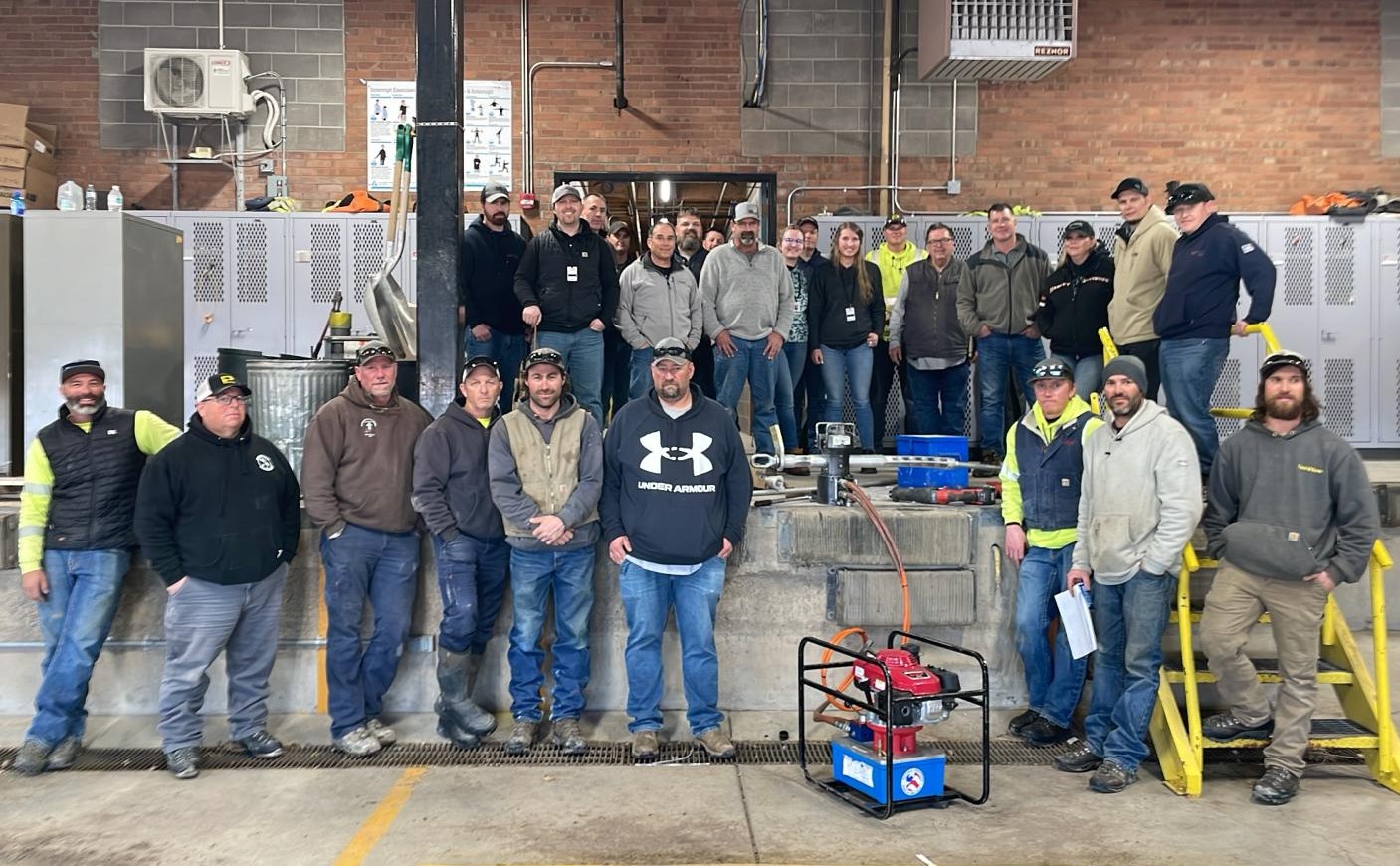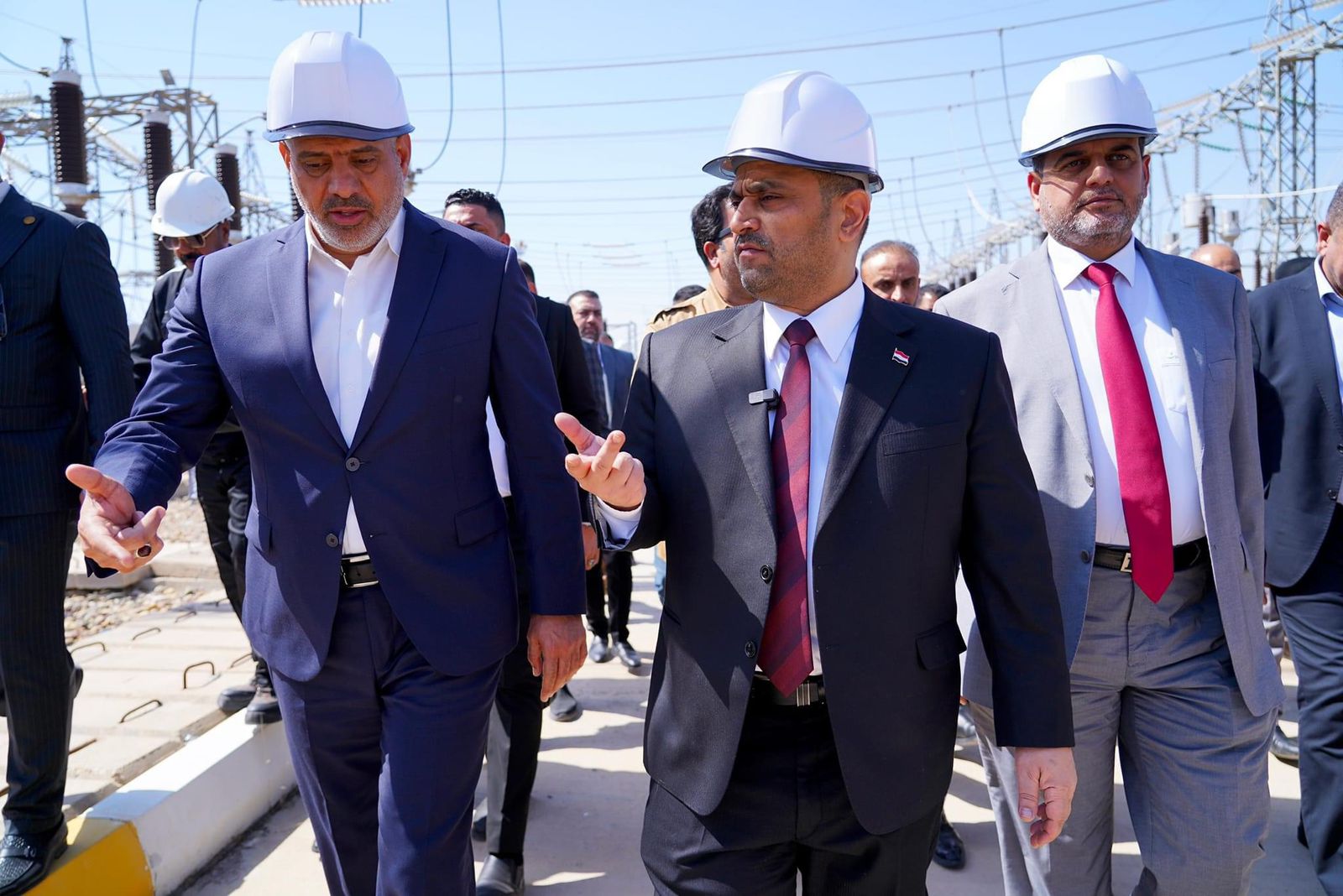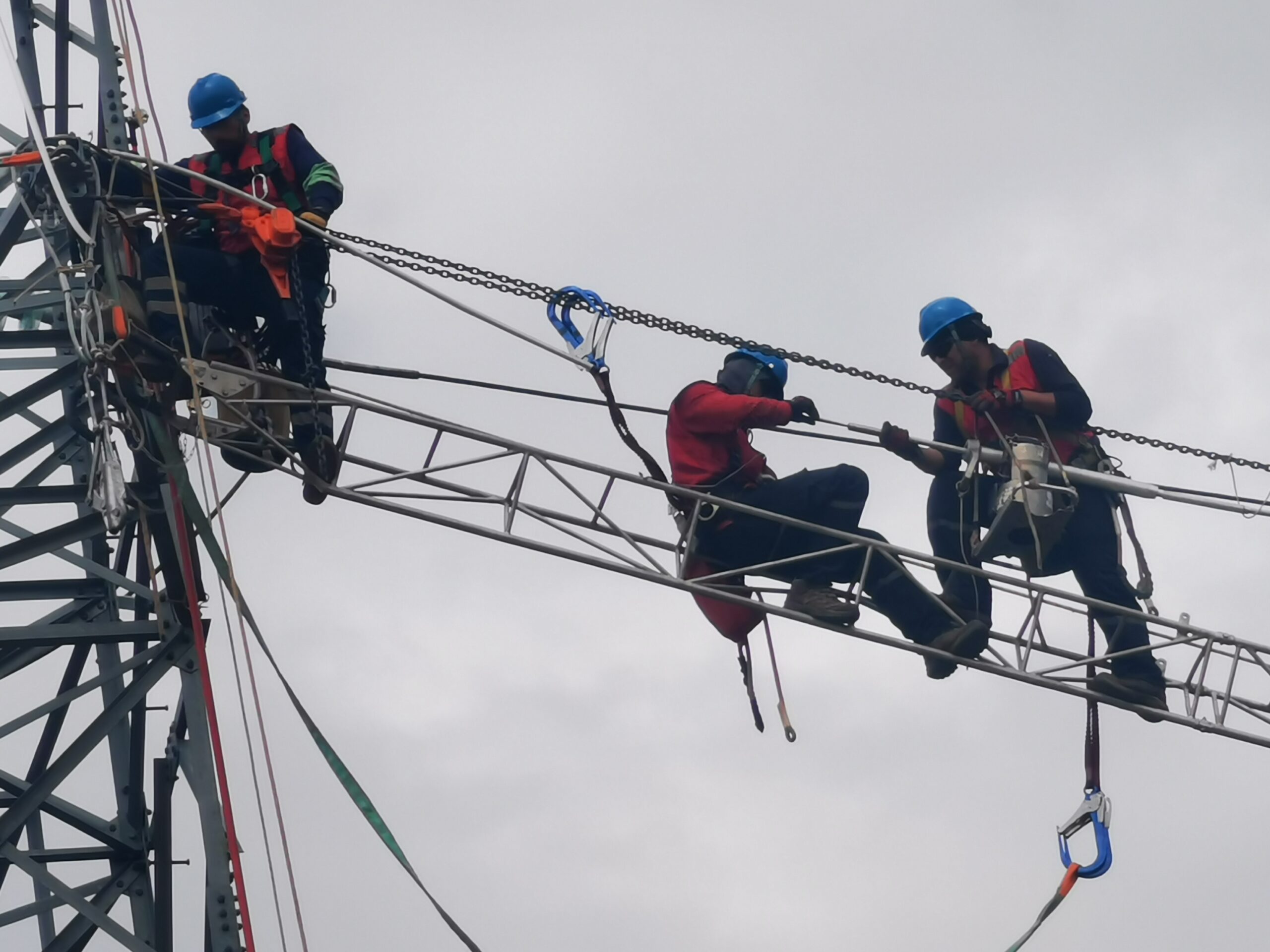The transition to cleaner energy sources in the United States is gaining momentum, driven by declining costs and increasing demand from sectors such as electrification, manufacturing, and data processing. However, this transition faces challenges due to insufficient grid capacity, hindering the achievement of federal targets for 100% clean electricity by 2035. Despite the abundant potential of renewable energy (RE) resources, grid expansion has been slow, with an annual growth rate of only 1% in transmission capacity over the past decade. Consequently, more than 2 TW of generation and storage assets remain untapped in interconnection queues, exacerbating grid strain amid growing electricity demand and extreme weather events.
Addressing the pressing need for increased transmission capacity necessitates both long-term policy reforms and immediate actionable measures. While recent initiatives from the Federal Energy Regulatory Commission (FERC) aim to improve planning and interconnection policies, their implementation will require time, highlighting the importance of concurrent near-term solutions.
On April 9, 2024, the Energy Innovation Policy & Technology LLC and Grid Lab released a report titled “Accelerating Transmission Expansion for a Clean Grid through Reconductoring with Advanced Conductors” alongside their Companion Policy Paper titled “Addressing Barriers and Policy Solutions for Advanced Conductor Deployment.” These publications advocate for leveraging advancements in grid technologies, specifically reconductoring with advanced conductors, as a feasible near-term approach to bolster transmission capacity.
The deployment of advanced conductors within existing corridors offers an efficient and cost-effective strategy for enhancing grid infrastructure. This approach facilitates the utilization of stranded clean energy resources, particularly those located near current grid infrastructure, thereby aiding in the integration of renewable energy sources and advancing grid decarbonization objectives. Utilizing the latest energy cost data and state-of-the-art grid modeling methodologies, the reports assess the costs, capacity enhancements, and contributions to meeting transmission requirements associated with reconductoring using advanced conductors. The findings underscore the potential of this solution to address the transmission capacity shortfall, thus supporting the realization of clean energy objectives by 2035.
Links to reports and data: https://www.2035report.com/reconductoring/





